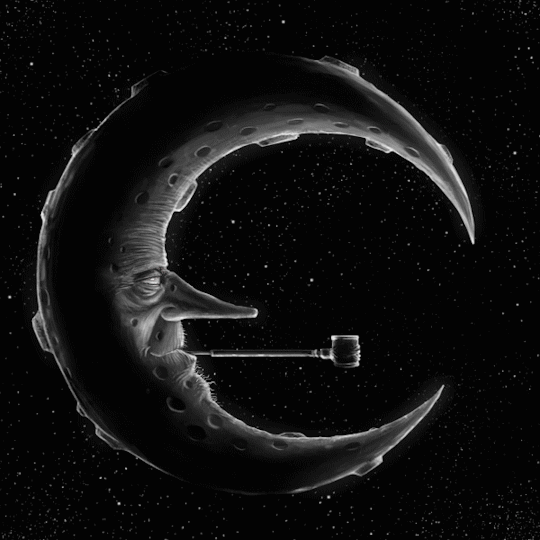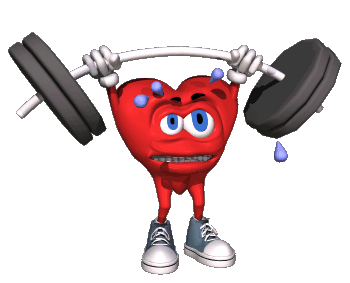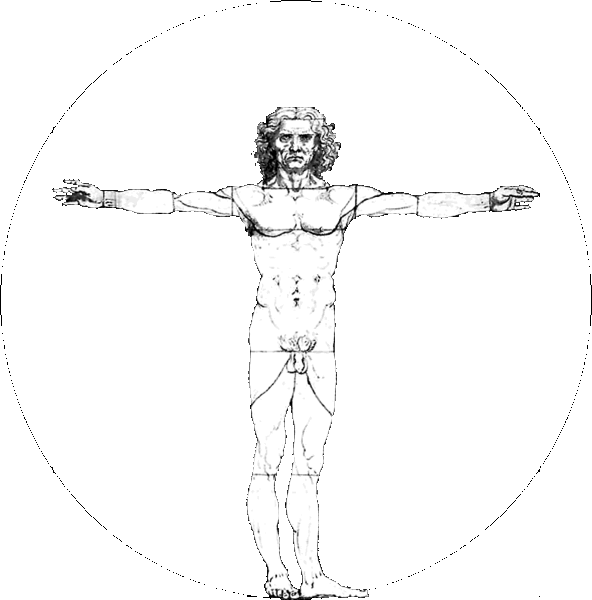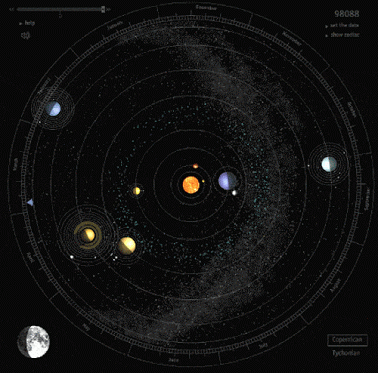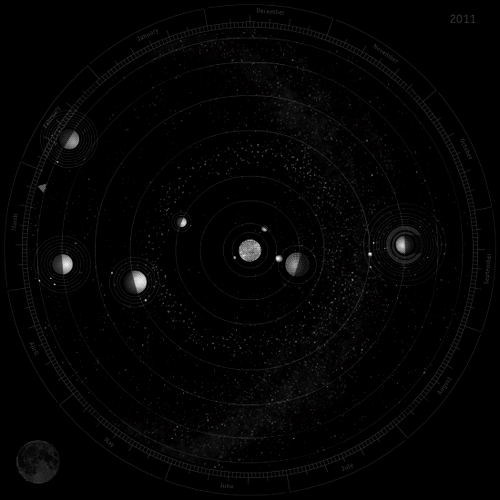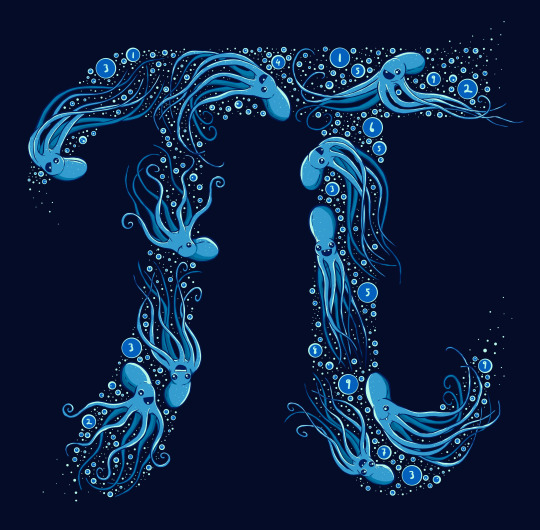Search This Blog
Wednesday, March 30, 2016
Tuesday, March 29, 2016
7 Minute Workout
Exercise science is a
fine and intellectually fascinating thing. But sometimes you just want
someone to lay out guidelines for how to put the newest fitness research
into practice.
An article in the May-June issue of the American College of Sports Medicine’s Health & Fitness Journal
does just that. In 12 exercises deploying only body weight, a chair and
a wall, it fulfills the latest mandates for high-intensity effort,
which essentially combines a long run and a visit to the weight room
into about seven minutes of steady discomfort — all of it based on
science.
“There’s very good
evidence” that high-intensity interval training provides “many of the
fitness benefits of prolonged endurance training but in much less time,”
says Chris Jordan, the director of exercise physiology at the Human
Performance Institute in Orlando, Fla., and co-author of the new
article.
Work by scientists at
McMaster University in Hamilton, Ontario, and other institutions shows,
for instance, that even a few minutes of training at an intensity
approaching your maximum capacity produces molecular changes within
muscles comparable to those of several hours of running or bike riding.
Interval training,
though, requires intervals; the extremely intense activity must be
intermingled with brief periods of recovery. In the program outlined by
Mr. Jordan and his colleagues, this recovery is provided in part by a
10-second rest between exercises. But even more, he says, it’s
accomplished by alternating an exercise that emphasizes the large
muscles in the upper body with those in the lower body. During the
intermezzo, the unexercised muscles have a moment to, metaphorically,
catch their breath, which makes the order of the exercises important.
The exercises should
be performed in rapid succession, allowing 30 seconds for each, while,
throughout, the intensity hovers at about an 8 on a discomfort scale of 1
to 10, Mr. Jordan says. Those seven minutes should be, in a word,
unpleasant. The upside is, after seven minutes, you’re done.
This column appears in the May 12 issue of The New York Times Magazine.
For a greater challenge, see “The Advanced 7-Minute Workout.” And download our new, free 7-Minute Workout App for your phone, tablet or other device.




7-Minute Workout
It is not easy to squeeze in time for the gym, especially when you live
in a world expected to be in two different places all the time. This
convenient exercise routine only takes 7 minutes to complete, and it is
based on science!
This 4-Minute Workout
Is All You Need To Get Fit
and......
The 0 Minute Workout !!
Lessons on Life 🫙 The Empty Jar
Lessons on Life
🫙 The Empty Jar 🫙


A professor stood before his philosophy class holding a large empty pickle jar. When the class began he proceeded to fill the jar with golf balls. He then asked the students if the jar was full. They agreed that it was.
So the professor then picked up a box of pebbles and poured them into the jar. The pebbles rolled into the open areas between the golf balls. He asked the students again if the jar was full. They agreed it was.
The professor next picked up a box of sand and poured it into the jar. Of course the sand filled up everything else. He asked once again if the jar was full. They responded with a unanimous “yes.”
The professor then produced a bottle of chocolate milk from under the table. He poured it into the jar effectively filling the empty space between the sand. The students laughed.
“Now” said the professor, “I want you to recognize that this jar represents your life.”
So the professor then picked up a box of pebbles and poured them into the jar. The pebbles rolled into the open areas between the golf balls. He asked the students again if the jar was full. They agreed it was.
The professor next picked up a box of sand and poured it into the jar. Of course the sand filled up everything else. He asked once again if the jar was full. They responded with a unanimous “yes.”
The professor then produced a bottle of chocolate milk from under the table. He poured it into the jar effectively filling the empty space between the sand. The students laughed.
“Now” said the professor, “I want you to recognize that this jar represents your life.”
The golf balls are the important things…
- your FAMILY, and CHILDREN,
- your HEALTH, and FRIENDS.
The pebbles are the other things that matter… like
- your JOB,
- your HOME,
- your CAR.
The sand is everything else, the small stuff.
If you put the sand into the jar first, there is no room for the pebbles or the golf balls. The same goes for life. If you spend all your time and energy on the small stuff, you will never have room for the things that make you happy. Play with your children, get regular checkups, enjoy dinner with friends and family. There will always be time to clean the house.
Take care of the golf balls first, the things that really matter. Set your priorities… the rest is just sand.
One student asked, “what about the chocolate milk?”
If you put the sand into the jar first, there is no room for the pebbles or the golf balls. The same goes for life. If you spend all your time and energy on the small stuff, you will never have room for the things that make you happy. Play with your children, get regular checkups, enjoy dinner with friends and family. There will always be time to clean the house.
Take care of the golf balls first, the things that really matter. Set your priorities… the rest is just sand.
One student asked, “what about the chocolate milk?”
The professor responded
“No matter how full your life may seem,
there’s always room for chocolate.”
Remember, every day is a gift…
and the quality of your life is your gift to yourself.
Rocks, Pebbles and Sand
Prioritizing Your Life
Prioritizing Your Life
A simple visualization demonstrating the impact of focusing on the important things in life... or how if you focus on the minutia you'll end up missing out on the important things. This metaphor is applicable to one's personal life as well one's school or career.
A Lesson On Life
Using The Empty Pickle Jar
Using The Empty Pickle Jar

Libellés :
Inspirational
Monday, March 28, 2016
Sunday, March 27, 2016
Earth Rotating 🌎Day & Night
🌎 Earth Rotating 🌍
Day 🌏 Night
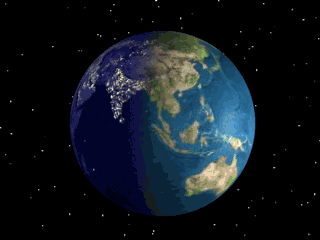
From Space
Day 🌏 Night

From Space
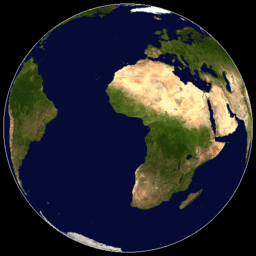

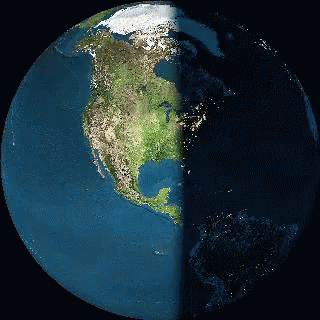
Libellés :
Science & Technology,
Space
Friday, March 25, 2016
Canada 🇨🇦 & U.S. 🇺🇲 Election Debacle

🇨🇦 Canada prepares for the U.S. election debacle 🇺🇲

This is how to make America great again.
🇨🇦 🇺🇲 🇨🇦 🇺🇲 🇨🇦 🇺🇲


Libellés :
zzz
Wednesday, March 23, 2016
Monday, March 21, 2016
Sunday, March 20, 2016
Thursday, March 17, 2016
Tuesday, March 15, 2016
Monday, March 14, 2016
Happy Pi Day !!! 🥧 🧮
🧮 Happy Pi Day !!! 🥧
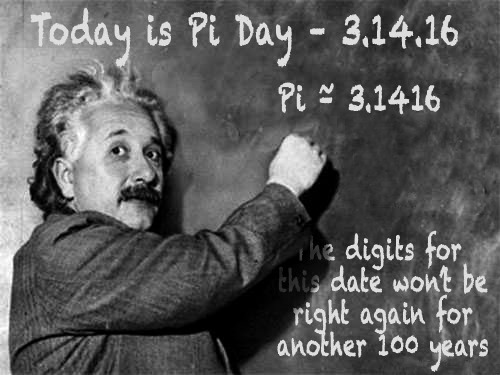

It’s also Albert Einstein’s birthday, who was born on March 14, 1879
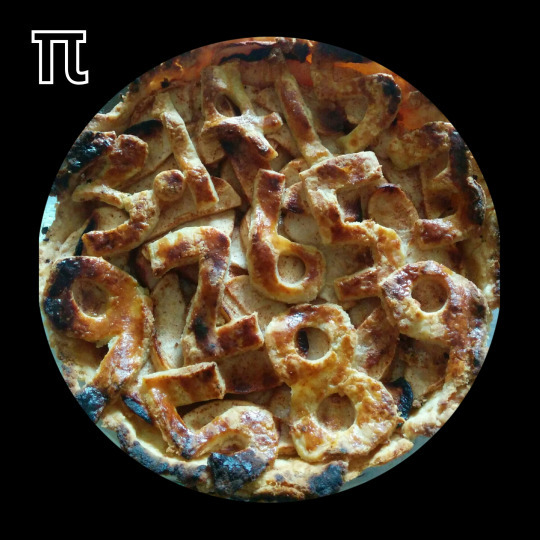
The first calculation of pi was done by Archimedes of Syracuse
(287–212 BC), one of the greatest mathematicians of the ancient world.

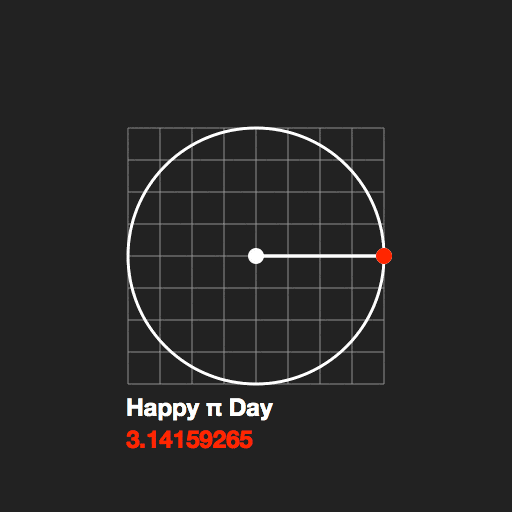
Since the actual area of the circle lies between the areas of the
inscribed and circumscribed polygons, the areas of the polygons gave
upper and lower bounds for the area of the circle.
Archimedes knew that he had not found the value of pi but only an
approximation within those limits. In this way, Archimedes showed that
pi is between 3 1/7 and 3 10/71.

Mathematicians began using the Greek letter π in the 1700s.
Introduced by William Jones in 1706, use of the symbol was popularized
by Leonhard Euler, who adopted it in 1737.
Math nerds likely had already circled today on the calendar, but it's
worth noting this year's "Pi Day" is a once-in-a-century occurrence.
March 14 -- or 3/14 -- celebrates the mathematical constant of pi.
Pi represents the ratio of circumference of a circle divided by its diameter. While it is often abbreviated as 3.14, pi has an infinite number of digits beyond the decimal point, starting with 3.141592653.
Pi represents the ratio of circumference of a circle divided by its diameter. While it is often abbreviated as 3.14, pi has an infinite number of digits beyond the decimal point, starting with 3.141592653.
Last year's Pi Day was one to celebrate since it was 3/14/15, perfectly
matching the first numbers past the decimal point of pi.
Last year, hardcore math fans even started celebrating the day at exactly 9:26 a.m. and 53 seconds.
There's a big reason to celebrate this year too -- math enthusiasts are calling today "Rounded Pi Day."
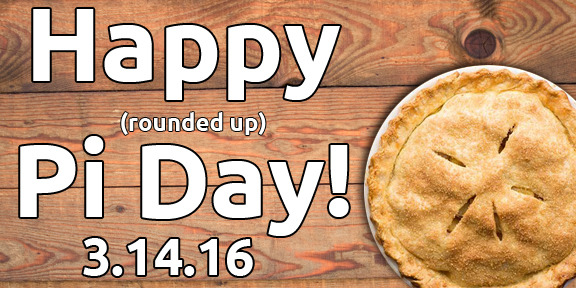
Last year, hardcore math fans even started celebrating the day at exactly 9:26 a.m. and 53 seconds.
There's a big reason to celebrate this year too -- math enthusiasts are calling today "Rounded Pi Day."

When rounding pi to the ten-thousandth (that's four numbers past the
decimal point), it comes out to 3.1416, matching today's date -- March
14, 2016.
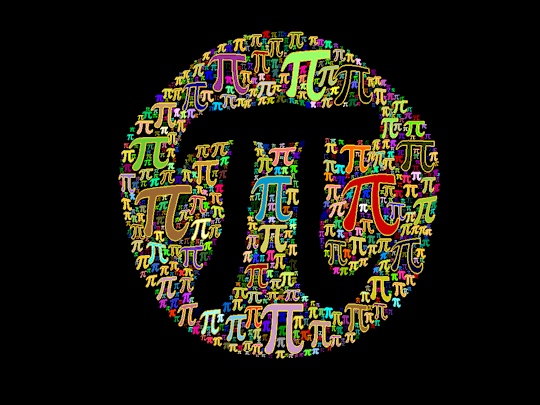





And if you need any more reason to geek out about March 14, here's one: it's Albert Einstein's 137th birthday.
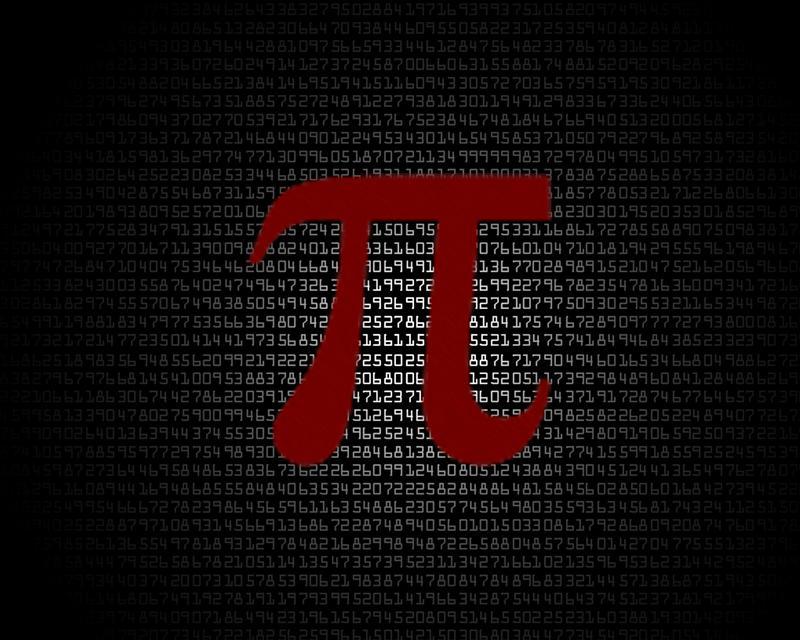
Libellés :
Holidays
Sunday, March 13, 2016
Subscribe to:
Comments (Atom)

